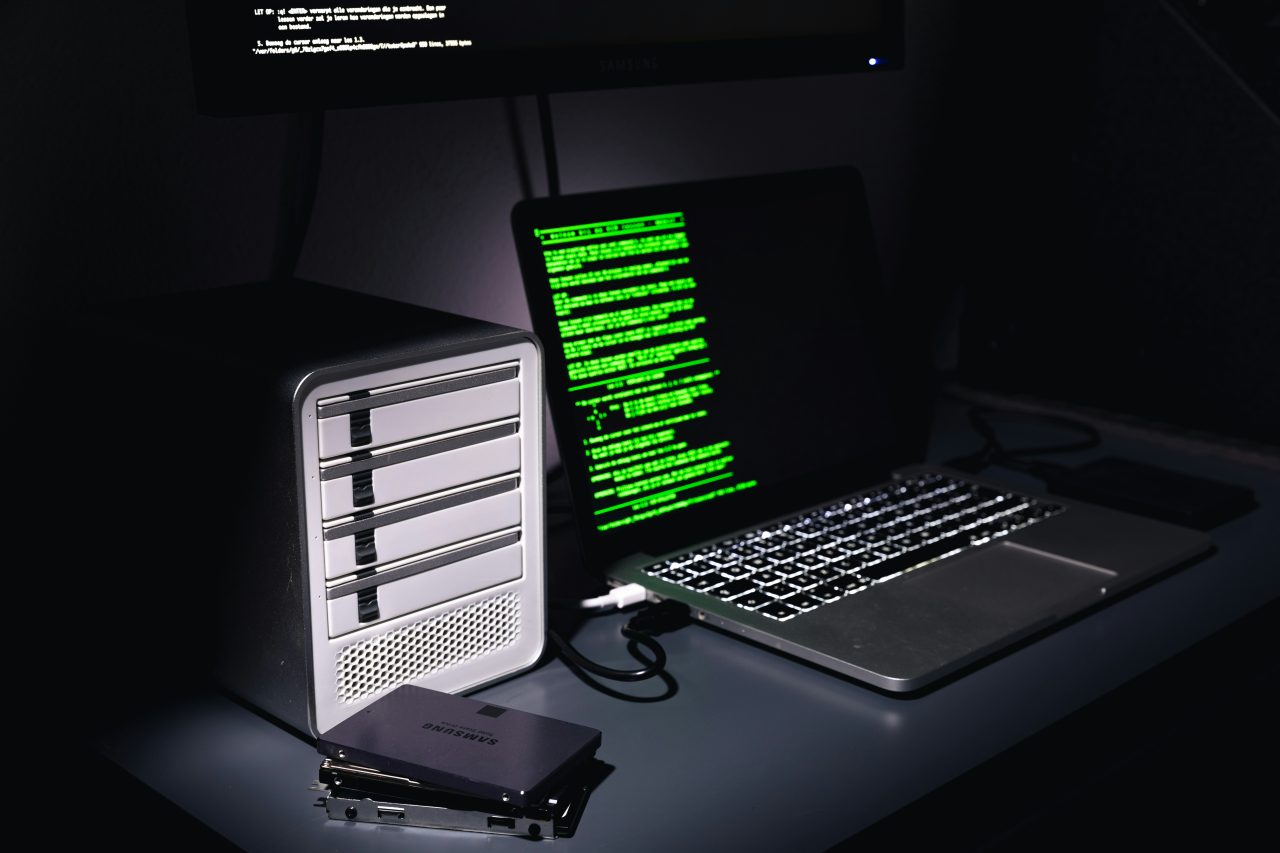Cybercriminals work around the clock. They never take holidays, never sleep, and constantly evolve their attack methods. Traditional security systems, however, operate on fixed rules and human schedules. This fundamental mismatch has created a security gap that threatens every enterprise operation.

Artificial intelligence changes this equation entirely. AI-powered threat detection systems work at machine speed, learning from every attack attempt and adapting defenses in real-time. The question isn’t whether your organization needs AI cybersecurity; it’s whether you can afford to operate without it.
The Current Cybersecurity Reality
Enterprise security teams face an unprecedented challenge. According to recent industry research, 80% of telecommunication executives believe artificial intelligence will be necessary to respond to cyberattacks. This isn’t wishful thinking or technology hype; it’s recognition of a harsh operational reality.
Traditional security approaches rely on signature-based detection and predefined rules. These methods work well against known threats but fail spectacularly against novel attack vectors. Cybercriminals exploit this weakness by constantly modifying their techniques, creating new malware variants, and developing sophisticated social engineering schemes.
The numbers paint a sobering picture. Organizations that haven’t implemented AI-driven security solutions find themselves increasingly vulnerable to advanced persistent threats that conventional tools simply cannot detect.
Key Vulnerability Areas:
- Zero-day exploits that bypass signature-based detection
- Advanced persistent threats that remain dormant for months
- Social engineering attacks that target human psychology
- Insider threats that originate from legitimate user accounts
- Supply chain attacks that compromise trusted vendors
These attack vectors share a common characteristic: they require intelligent analysis and pattern recognition that exceeds human cognitive capabilities.
How AI Transforms Threat Detection
AI-powered security systems fundamentally change how organizations detect and respond to cyber threats. Instead of waiting for known attack signatures, these systems analyze behavioral patterns and identify anomalies that indicate potential security incidents.
Machine learning algorithms process massive amounts of network data, user activity logs, and system events simultaneously. They establish baseline patterns for normal operations and flag deviations that might indicate malicious activity. This approach catches threats that traditional security tools miss entirely.
Immediate Detection Capabilities:
- Behavioral Analysis: AI systems monitor user and system behavior patterns, identifying unusual activities that might indicate compromise
- Network Traffic Anomalies: Machine learning algorithms detect suspicious data flows and communication patterns
- Malware Identification: AI recognizes malicious code characteristics even in previously unknown variants
- Social Engineering Detection: Advanced systems identify phishing attempts and suspicious communications
The speed advantage is remarkable. Research indicates that replacing traditional threat-hunting techniques with AI can increase detection rates by up to 95%.
More importantly, AI reduces the time taken to remediate breaches by 12%, minimizing damage and recovery costs.
Business Impact of AI Security Implementation
The financial implications of AI-powered cybersecurity extend far beyond technology costs. Organizations implementing these systems experience measurable improvements in operational efficiency and risk reduction.

Network security represents the most common AI application in cybersecurity, with 75% of surveyed IT executives reporting AI implementation for this purpose. This widespread adoption reflects the technology’s proven effectiveness in protecting enterprise infrastructure.
Quantifiable Security Improvements:
- Response Time Reduction: AI enables faster threat response, with 74% of organizations reporting improved incident handling speed
- Detection Accuracy: Automated systems identify threats with 95% accuracy compared to 60-70% for traditional methods
- Cost Efficiency: AI handles 75% of network security operations, reducing staffing requirements and operational expenses
- Compliance Support: Automated monitoring and reporting simplify regulatory compliance across multiple frameworks
The telecommunications industry demonstrates particularly strong AI adoption, with 80% of companies stating they cannot respond to cyberattacks without artificial intelligence. This sector faces constant attack attempts and requires robust, automated defense mechanisms.
However, implementation challenges persist. Currently, only 18% of professional service industry leaders expect AI to improve organizational efficiency, despite 96% believing it will help their companies grow. This disconnect often stems from insufficient understanding of AI capabilities and implementation requirements.
Advanced Threat Scenarios and AI Responses
Modern cybercriminals increasingly leverage AI technologies for malicious purposes. Two-thirds of security professionals report encountering malicious deep fakes as part of cyberattacks, representing a 66% increase from previous years.
Deep fake technology creates convincing audio and video content that impersonates executives, enabling sophisticated social engineering attacks. Traditional security awareness training cannot address these evolving threats effectively.
AI-powered defense systems counter these advanced attacks through:
Multi-Vector Analysis: AI systems correlate multiple data sources to identify sophisticated attack patterns that span email, network traffic, and user behavior.
Predictive Threat Intelligence: Machine learning algorithms analyze global threat data to predict emerging attack vectors before they impact your organization.
Automated Response Capabilities: AI systems automatically implement containment measures when threats are detected, preventing lateral movement and data exfiltration.
Continuous Learning: Every attack attempt improves system knowledge, creating stronger defenses against future threats.
Futher research shows that 62% of security professionals firmly believe hackers will use AI within twelve months. Organizations must implement AI defenses now to maintain competitive security postures.
The Manifold Advantage in AI Cybersecurity
Manifold Computers Limited brings over 25 years of cybersecurity expertise to AI-powered threat detection implementation. Our certified partnerships with leading security vendors ensure access to cutting-edge AI technologies and comprehensive support throughout deployment.
Our approach combines advanced AI security solutions with proven implementation methodologies. We help organizations transition from reactive security postures to predictive, AI-driven defense strategies that anticipate and counter emerging threats.
Manifold AI Security Services:
- Next-generation SIEM integration with machine learning capabilities
- Endpoint protection platforms featuring behavioral analysis and automated response
- Network security solutions with AI-powered threat hunting and anomaly detection
- Managed security services that leverage AI for 24/7 threat monitoring and response
With ISO 9001:2015 certification and extensive experience across banking, telecommunications, and manufacturing sectors, Manifold delivers AI cybersecurity solutions that transform enterprise security operations from cost centers into competitive advantages.
The future of cybersecurity is intelligent, automated, and always vigilant. Partner with Manifold to ensure your organization leads rather than follows this critical transformation.

